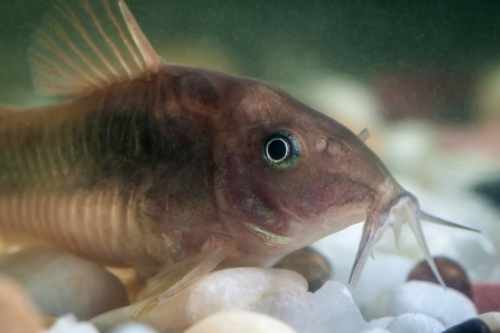Catfish do not have periods. Like all other fish species, catfish lay eggs once a year during the spawning season. The eggs grow in the female’s belly until they are released for external fertilization by the male. This natural and repetitive process makes the menstrual cycle in catfish completely unnecessary.
Many people wonder if these fish have menstrual cycles. Generally speaking, we have to say that catfish do not have menstrual periods.
No fish type on the planet does. Unfertilized eggs are produced and grown within the stomachs of all-female fish once they are ready to release into the ocean. The male fish will discharge its sperm onto the eggs once they have been placed in the water.
Spawning is the method of releasing sperm and eggs, as well as the outside fertilization that results. This menstrual cycle regulates the generation and discharge of eggs, as well as the release of the hormones required for a successful pregnancy. It also allows the uterus of the female to accept a fertilized egg and house and develop it till birth.
As you may be aware, a period lasts on average 28 days, implying that egg production occurs monthly. Catfish, on the other hand, have a once-a-year egg production. That will happen in most catfish types in the early fall and until the spawning period begins in the spring.
There is no need for a menstrual cycle because catfish release their unfertilized eggs into the water. A monthly cycle will have to govern the female’s hormones, uterus, or the inner release and transportation of the eggs.
Table of Contents
What Happens When Catfish Spawn?
The first thing to know is the concept of spawning. Spawning happens when aquatic creatures discharge or deposit sperm and eggs into the water. The procedure of releasing both sperm and eggs is referred to as spawning.
This act, known as spawning, is performed by both genders. With the exception of aquatic mammals and reptiles, most aquatic animals reproduce by spawning.
Catfish, like all fish, spawn at the same time, with the female placing its eggs in a nest created by the male on the river bottom or lake and the male putting its sperm on the eggs, which are then fertilized.
All main catfish types in North America reproduce between late spring and summer when the temperature of the water is around 80 degrees Fahrenheit. The female catfish will leave the nest when the eggs have been set and fertilized, but the male will stay and defend the babies until they emerge.
Do Catfish Have 2 Genders?
There are many myths that many people spread among friends or simply through the internet. One of them is the belief that catfish can have 2 sexes.
Catfish are gonochoristic, which means that each one is either a male or a female. That implies that there are no 2 sexes in a single catfish.
Of fact, hermaphroditism, which occurs when an organism has fully functional male and female genitalia, may happen in catfish communities, but it is quite uncommon, according to a study, as 99 percent of all types of fish have separate-sex.
Hermaphroditic catfish are able to produce both sperm and eggs and can even breed with some other catfish. Self-fertilization in hermaphroditic catfish, on the other hand, has never been documented by researchers or fish farmers.
Taking all this into account, how can we differentiate between a male catfish and a female catfish? There are a number of characteristics you may look for to accurately determine the sexes of a catfish.
The urogenital aperture, or vent, of the catfish, is located on its underside, exactly near to the anus. Male of this type have a much more uneven aperture, which is surrounded by a little papilla or knob. Female catfish, however, have a slit-like urogenital entrance that is thin and flat, with no papilla.
The head of a catfish could also be used to establish its gender. Male catfish have substantially wider and more robust heads than female catfish. In addition, they will have bigger, meatier lips than females.
There’s also the obvious case of eggs or milt. If you’re fishing for catfish during the spawning period, you’ll notice that females have a really thick stomach filled with their eggs.
When you catch the catfish, it will occasionally excrete a couple of those eggs, indicating that you’ve captured a female. On the other hand, a male catfish prepared to spawn would frequently expel its whitish milt when it is in your landing net or on land.

